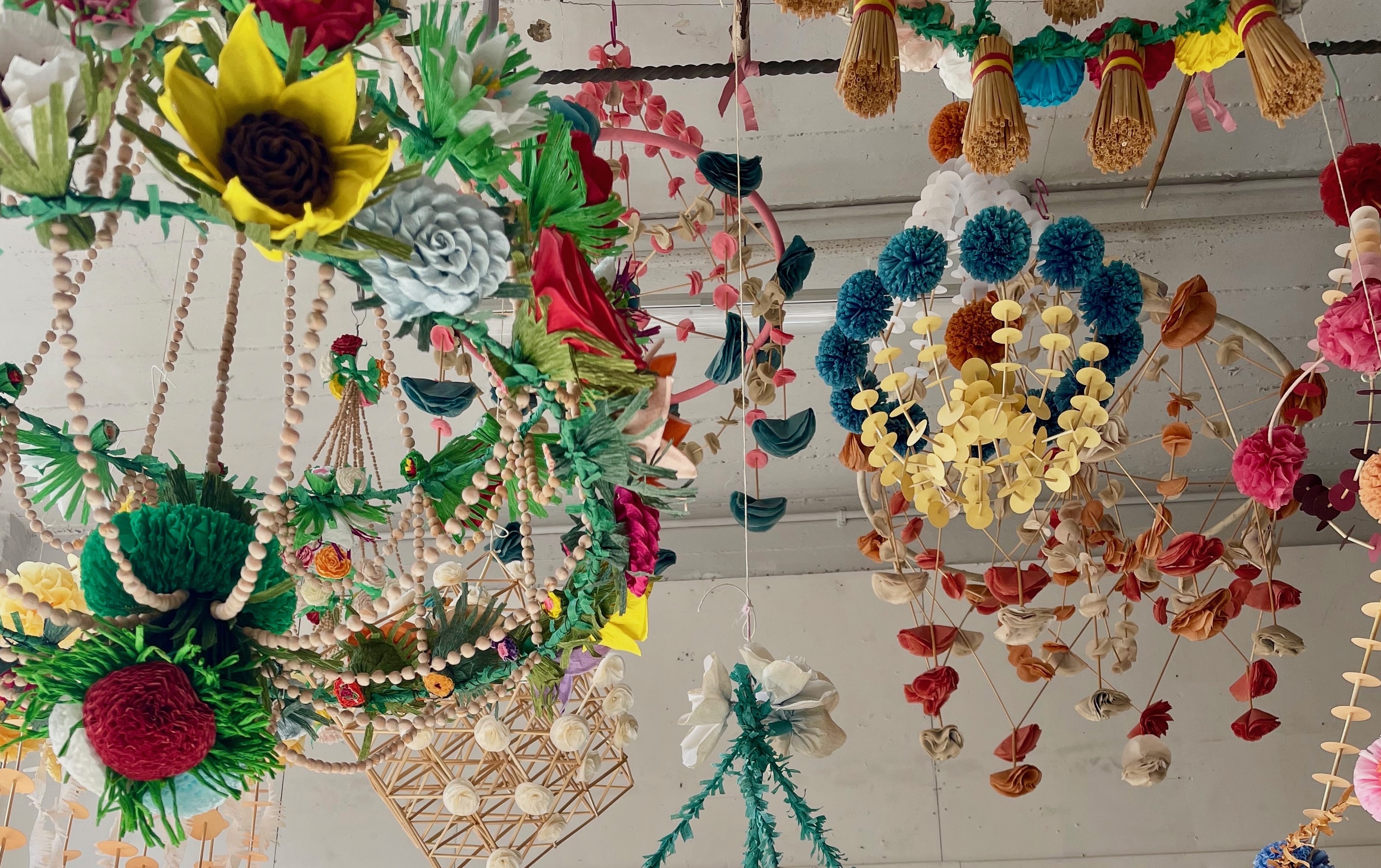Book Review: The Queen Mother: Woman of the Century
A book celebrating the life of Queen Elizabeth the Queen Mother

On August 4, HM the Queen Mother entered her 100th year. A member of the Royal Family for 76 years, a Queen and Lady of the Garter for 63 and Queen Mother for 47, her achievements are celebrated by Hugh Massingberd in Her Majesty Queen Elizabeth, The Queen Mother: Woman of the Century (Macmillan/The Daily Telegraph, ?14.99). On her birthday, Clarence House will witness scenes of time-honoured rejoicing.
The Queen Mother is currently in better health than she was between 1993 and 1995, and previously nervous fans now depart with 'See you next year.' This summer, after a week of the Garter and Ascot, she danced at Prince Edward's wedding reception; I suspect she just ignores the mounting years. As the Queen Mother heads to the Millennium and her own century, we salute her relish for life.
Sign up for the Country Life Newsletter
Exquisite houses, the beauty of Nature, and how to get the most from your life, straight to your inbox.
Country Life is unlike any other magazine: the only glossy weekly on the newsstand and the only magazine that has been guest-edited by HRH The King not once, but twice. It is a celebration of modern rural life and all its diverse joys and pleasures — that was first published in Queen Victoria's Diamond Jubilee year. Our eclectic mixture of witty and informative content — from the most up-to-date property news and commentary and a coveted glimpse inside some of the UK's best houses and gardens, to gardening, the arts and interior design, written by experts in their field — still cannot be found in print or online, anywhere else.
-
 Burberry, Jess Wheeler and The Courtauld: Everything you need to know about London Craft Week 2025
Burberry, Jess Wheeler and The Courtauld: Everything you need to know about London Craft Week 2025With more than 400 exhibits and events dotted around the capital, and everything from dollshouse's to tutu making, there is something for everyone at the festival, which runs from May 12-18.
By Lotte Brundle
-
 Everything you need to know about private jet travel and 10 rules to fly by
Everything you need to know about private jet travel and 10 rules to fly byDespite the monetary and environmental cost, the UK can now claim to be the private jet capital of Europe.
By Simon Mills